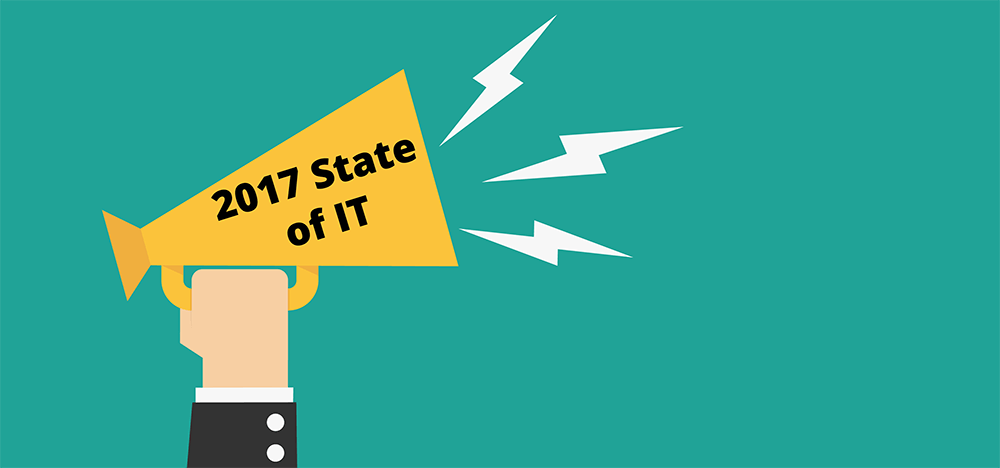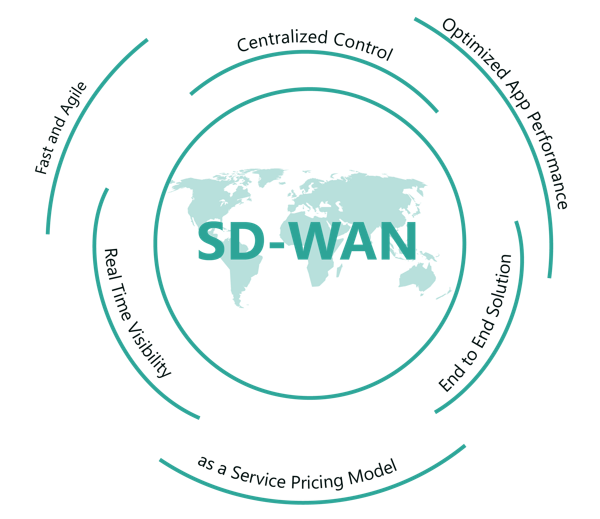Rio Olympics Cause Olympic-Sized Network Challenges
 The Rio 2016 Olympics is the most technology-driven Olympics ever. Not only is it drawing huge crowds at the events, but the number of spectators watching the events streamed on their phones and other computer devices far overshadows those attending the events. Rio Olympic co-sponsors, mobile carrier Claro, and pay TV/phone service provider Embratel, estimate 3 million SMS messages will be sent, and 27 million voice calls will be made during the Rio Olympic competitions. The amount of data and network capacity used to support the Olympic events will be unprecedented. According to USA Today, NBC had 13.4 million unique live-stream visitors alone on the first Monday of the ceremonies. And as you might expect, with all this network traffic, there will be network slowdowns and even network outages caused either directly or indirectly because of this worldwide event.
The Rio 2016 Olympics is the most technology-driven Olympics ever. Not only is it drawing huge crowds at the events, but the number of spectators watching the events streamed on their phones and other computer devices far overshadows those attending the events. Rio Olympic co-sponsors, mobile carrier Claro, and pay TV/phone service provider Embratel, estimate 3 million SMS messages will be sent, and 27 million voice calls will be made during the Rio Olympic competitions. The amount of data and network capacity used to support the Olympic events will be unprecedented. According to USA Today, NBC had 13.4 million unique live-stream visitors alone on the first Monday of the ceremonies. And as you might expect, with all this network traffic, there will be network slowdowns and even network outages caused either directly or indirectly because of this worldwide event.
All this streaming network traffic coming from the Olympic events can quickly consume network bandwidth, causing congestion and unreliable connectivity on the public Internet. Congestion can in turn create long delays and application slowness. Application slowness results in lost productivity and employee frustration.
You have to feel for all the IT departments that don’t have the proper network controls in place to deal with all the streaming content competing with their mission-critical applications.
Enterprises don’t have to be a casualty during major events
Events like the Rio Olympics can create network problems for enterprises, but they don’t have to. The Rio Olympics is the most technology-driven sporting event to date. And your company too, should be prepared for such events with the latest networking technologies. Being proactive is always the best approach to avoiding network issues.
I’m not advocating adding more bandwidth as that won’t solve your network problems on a global scale. Because you’re still running over the public Internet that gets congested and can be volatile when events like the Olympics happen – even with more bandwidth. And I’m not suggesting paying exorbitant prices for MPLS that will take months to get up and running.
There are many cost-effective remedies that help overcome problems caused by network congestion. From adding quality of service (QoS) and WAN optimization technologies to your network, to adding additional network links and combining them for a more reliable solution to connect global branch offices.
A Managed SD-WAN can help you address the application performance problem due to network congestion through bypassing the unreliable public Internet for your mission-critical traffic.
So, with the right WAN solution in place, even while the Rio Olympics are still on, your company won’t be adversely affected when your office workers need their mission-critical applications, even as the world checks in on their favorite athletes or teams.
- Accelerate CAD/CAM Performance
- Improve Zoom Conferencing Performance
- Calypso Embraces a SaaS-first Strategy
- CallisonRTKL Transforms their WAN
- Kleinfelder Improves Application Performance
- Teradyne Transforms their WAN
- SAP web application performance
- Kleinfelder Improves Application Performance
- Industrial Manufacturing Company Transforms WAN










